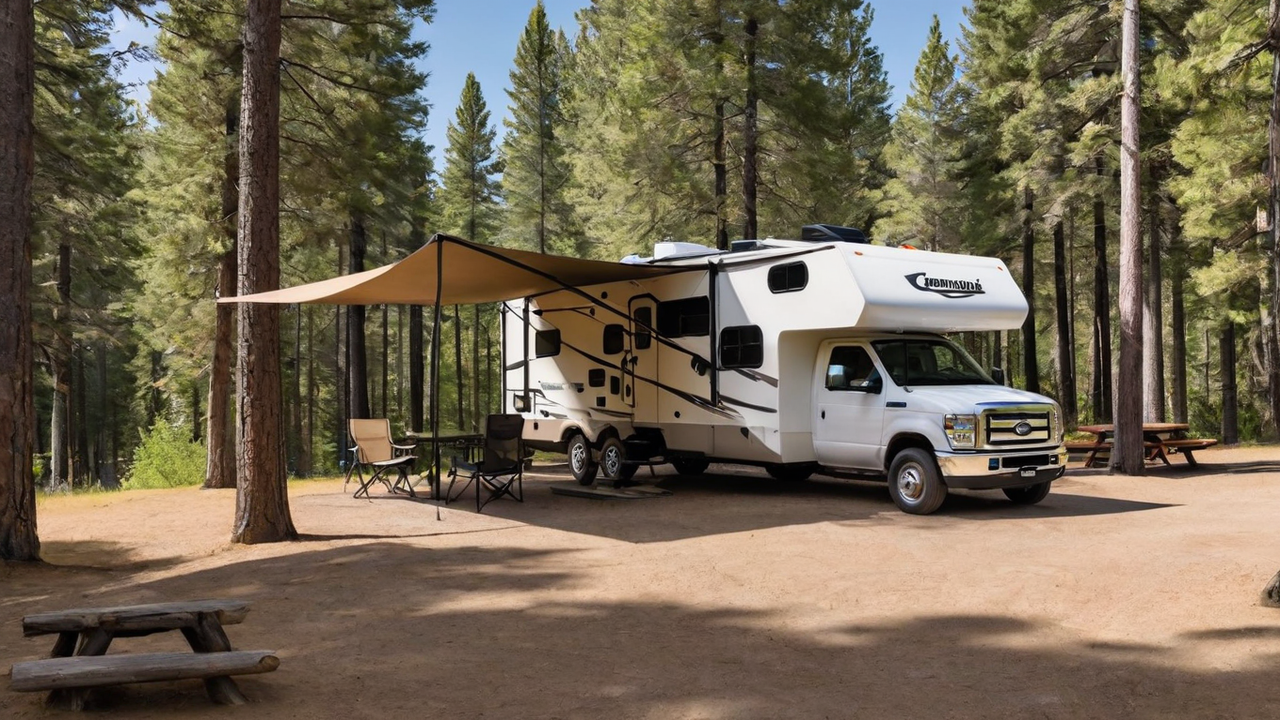
Leveraging GIS for Improved Campsite Configurations
Integrating GIS into campground management systems transforms the way campgrounds are designed and operated. By leveraging accurate geographical data, managers can optimize the layout for improved accessibility and guest satisfaction. This combination allows for the creation of detailed site maps that include natural landscapes, maximizing the use of space while preserving the natural surroundings.
The ability to see and adjust the campground layout in real-time offers a significant advantage in planning and development. Precise GIS data helps in identifying ideal locations for amenities, ensuring they are both accessible and environmentally sustainable. This method not only improves guest satisfaction but also contributes to a reduced environmental footprint.
Streamlining Booking Processes with Geographic Information Systems
By introducing GIS into campground reservation software, operators provide a more interactive booking experience for guests. Guests can select their preferred sites based on actual geographical information, including proximity to facilities and scenic views. This degree of precision in site selection significantly improves planning and contentment for guests.
Furthermore, this technology reduces the likelihood of overbooking and conflicts among reservations. Accurate GIS data guarantees that each site is correctly charted, with clear boundaries, thus facilitating a smoother reservation process. This efficiency not only saves time for site administrators but also boosts the overall customer satisfaction.
Improving Security and Crisis Management with GIS
Integrating GIS into campground management solutions greatly improves safety and emergency preparedness. Detailed site maps permit for precise placement of emergency services like fire stations, medical points, and evacuation routes. This availability to vital information can significantly speed up response times in critical situations, potentially saving lives.
Moreover, GIS data can be used to spot areas susceptible to environmental hazards such as flooding or wildfires, allowing for the development of proactive safety measures. By this approach, campground operators can implement precautionary measures and alert guests of potential risks, thus ensuring a safer camping environment for everyone.
Maximizing Resource Distribution With GIS
GIS technology enables campground managers to effectively allocate resources across the area. By analyzing geographical data, managers are able to determine the most optimal placements for facilities such as restrooms, picnic areas, and recreational areas. This ensures that all campers have easy access to facilities, improving their overall satisfaction.
Additionally, GIS can help in monitoring the usage of environmental assets, promoting sustainable management within the campground. Through precise mapping, campsites can avoid overuse of vulnerable areas, supporting in conservation efforts and protecting the beauty and integrity of the landscape.
Boosting Visitor Engagement with Interactive GIS Features
Interactive GIS maps boost guest engagement by providing an immersive exploration of the campground before arrival. Campers can tour different sites, view photos, and learn about nearby attractions directly via the campground’s webpage. This pre-arrival engagement starts the guest experience on a high note, raising anticipation and contentment.
Moreover, these interactive tools can act as a resource throughout the stay, providing real-time information on weather conditions, upcoming events, and available services. Such accessibility guarantees that guests remain informed and can fully enjoy their outdoor adventure.
Facilitating Eco-friendly Conservation with GIS
GIS integration in campground management systems plays a crucial role in advancing eco-friendly sustainability. Precise mapping enables for thoughtful planning and conservation of environmental resources, reducing human impact on the environment. This tools facilitate to monitor and control wildlife habitats, lakes, and plant life, ensuring their preservation for future generations.
Moreover, by leveraging environmental GIS data, campgrounds can identify regions suitable for solar panels installations or other eco-friendly projects. Such approach not only enhances the campground’s sustainability but also lowers operational costs, showing a commitment to protecting the natural world.
Incorporating Community Insights into Campground Planning with GIS
GIS technology empower campground operators to incorporate community knowledge into campground planning. By engaging with local residents, managers can acquire a deeper understanding of the landscape and its historical importance. This partnership ensures that campsites are developed with respect for community values and heritage, enriching the guest encounter.
Moreover, this cooperation assists in identifying distinct opportunities for campsite activities and offerings that showcase the local culture and natural beauty. Implementing community perspectives into the planning process doesn’t just enhance the authenticity of the campground but also bolsters bonds with the surrounding community, establishing a beneficial impact for all parties.
Adapting to Evolving Visitor Expectations with Adaptive GIS Data
The world of outdoor hospitality is constantly changing, with guest expectations becoming more sophisticated. Utilizing dynamic GIS data enables campground operators to swiftly adjust to these shifts by updating amenities and services to meet contemporary demands. This flexibility ensures that campsites remain appealing and relevant in a rapidly changing market.
Additionally, the ability to collect and analyze guest feedback through GIS-based software means campsite operators can constantly refine their offerings. Tailoring the camping experience to meet individual desires not only boosts visitor contentment but also encourages loyalty, driving the success of the campground in the long term.
browse